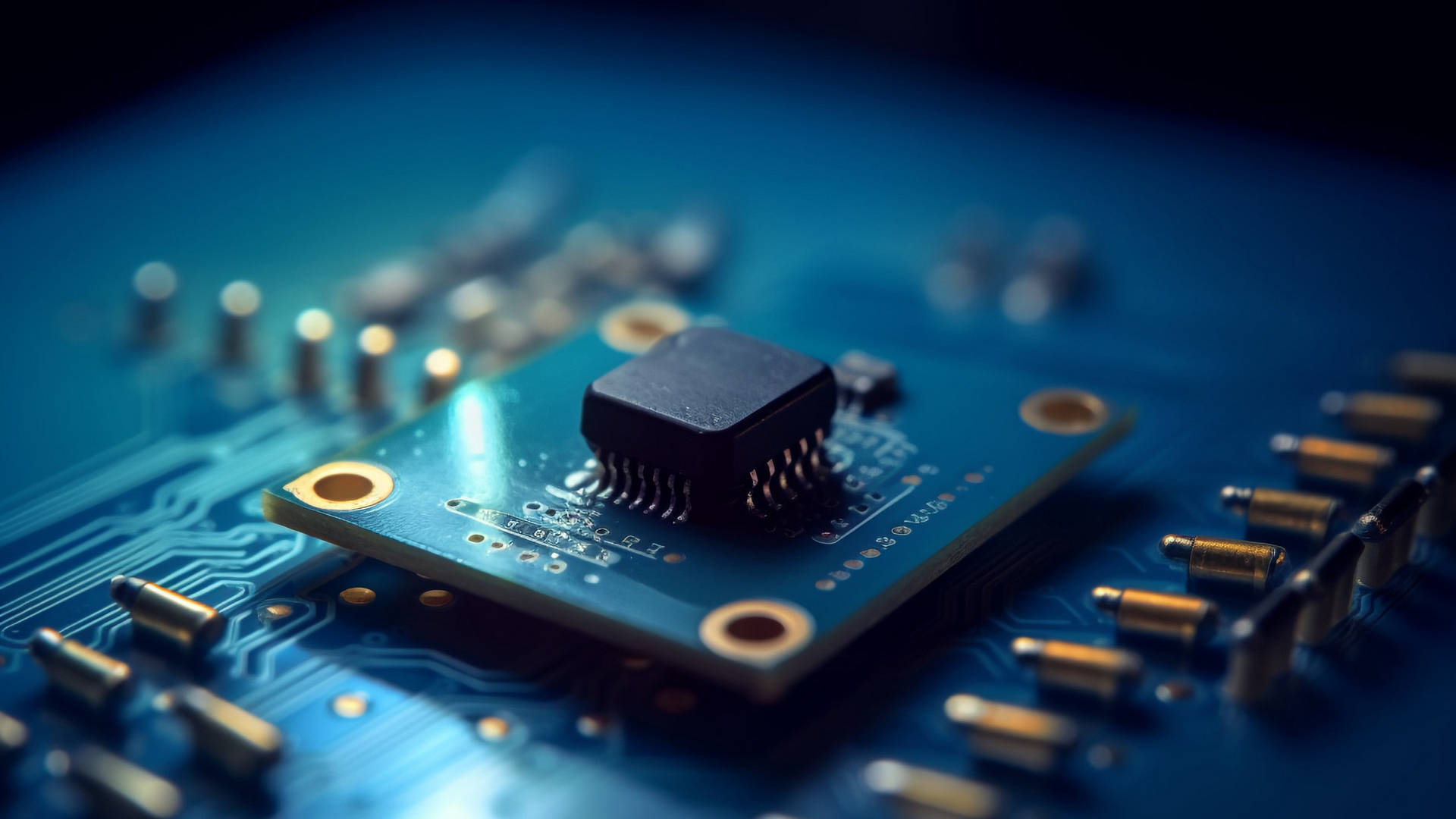Selecting the right sensors and imaging components improves AI models for better decision-making in machine vision systems.
Machine vision systems are serving increasingly crucial roles in life and business. They enable self-driving cars, make robots more versatile, and unlock new levels of reliability in manufacturing and medical inspections. As this technology grows, electronics engineers must consider how their sensor and imaging components can sustain this growth.
The software side of machine vision—namely, the artificial-intelligence models behind it—is often the focus of conversations about these innovations. However, even the most advanced software requires the right hardware to function correctly. Advanced sensors improve machine vision in several ways.
Improving data quality
The most obvious role sensors play in machine vision advancement is providing AI with high-quality data. Machine learning cannot draw accurate conclusions from inaccurate information, so higher-quality inputs are necessary for reliable results. More precise imaging components provide this necessary boost in data accuracy.
For example, light sensors must be able to adjust camera settings to keep video feeds clear enough for AI models to identify objects correctly. Similarly, time-of-flight imaging systems are crucial to machine and vehicle guidance solutions, as accurate distance readings put flat images in context.
Across all use cases, more reliable sensors improve machine vision by ensuring its data is as true to the real world as possible. This also applies to both model training and post-implementation usage.
Increasing data diversity
Similarly, a wider range of sensor technologies can enhance machine vision by increasing the diversity of inputs. While data accuracy is essential, variety is also important, as having a greater range of information makes it easier for AI models to understand things in context and avoid mistakes.
Consider optical metrology systems, which reduce manufacturing costs and delays by providing faster, more accurate inspections. They can do so by combining inputs from several camera and sensor types. Fusing the input from multiple systems lets the AI understand many factors simultaneously, leading to better overall decision-making.
Self-driving cars are another key use case for sensor diversity in machine vision. Various optical technologies may be more or less accurate in different conditions. Combining cameras, radar, LiDAR, and laser measurements reduces the likelihood of decreased performance in one component, preventing it from affecting the final result. In turn, these complex hardware setups improve safety.
Enhancing model focus
While a greater diversity of sensor inputs can improve machine vision accuracy, there is such a thing as too much information. Driverless cars and many quality inspection algorithms must be able to identify which areas of their vision are the most important and focus on these. Sensor hardware is key to enabling these decisions.
Attention-based machine vision combines imaging tools with complementary sensors to pinpoint relevant areas of interest. Researchers have improved model accuracy by 17.4% in some cases by using these technologies, as they help cut out noise to focus on what’s important. Doing so can also lead to faster decision-making.
Reliable, attention-based systems are possible only when they have the right components to identify or measure areas of focus. Consequently, engineers must consider which sensors or similar parts deliver the input they need to quantify this information.
New sensor components drive machine vision forward
Advances in AI are beneficial and necessary for machine vision improvements, but they’re not the only factor at play. The designers behind these systems must also emphasize the development of sensor and imaging hardware to push these algorithms to their full potential. As these components advance, so will machine vision as a whole.
——Source: https://www.electronicproducts.com/










